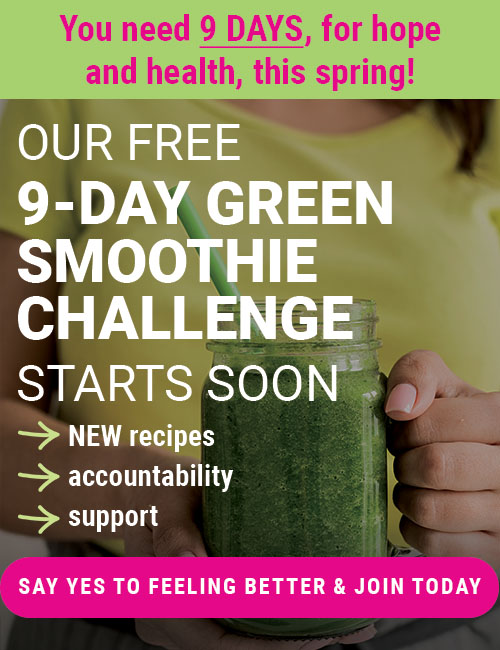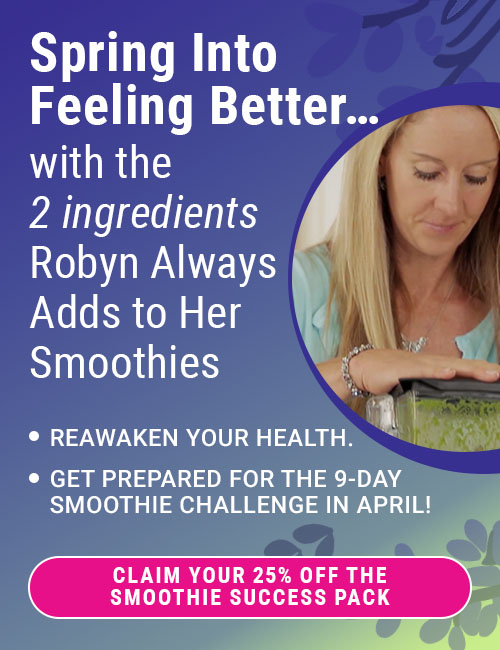6 tips to make any baking recipe healthier, part 1 of 2
At the Zermatt in December, I taught these six tips for making a baking treat healthier. You don't have to know anything about recipe development. These are no-brainers. Three tips today, three tomorrow. (All of this information is in Ch. 11 of 12 Steps to Whole Foods.)
1. Substitute finely ground whole wheat instead of white flour.
What you see on recipe labels as "wheat flour" is actually a toxic, nutrition-less white gluey mess. It's the grain with the germ (vitamins) and bran (fiber) removed).
Ask for a good grain grinder for Christmas. I love K-Tecs, which you can find here. They aren't terribly expensive, and you'll need one in an emergency where you have to make your own bread, so it's a good preparedness item.
For cookies, cakes, pastry recipes, I like SOFT WHITE WHEAT, ground on the finest grind setting your mill has. Your kids won't even know the difference. A coarser grind will cause a heavier product, and red wheat will make it look darker. (I use red wheat for breads, etc.)
Some people think they don't like whole wheat flour products, when in fact they're just used to eating RANCID whole wheat. When the grain is ground, the protective shell of the grain is destroyed and oils inside begin to deteriorate. Consequently, those milled grains go rancid quickly and taste bad in baked goods. (Plus, rancid oils are carcinogenic.) Bags of whole wheat flour sometimes have spent months in warehouses and in transit before arriving in your home, and then you store them even longer.
Thus a grinder becomes essential, so you can have FRESHLY milled grains anytime you want.
2. Substitute coconut palm sugar, or Sucanat, for sugar.
I recently mentioned coconut sugar in a blog entry and since then, we've gotten many queries from readers who can't find it, to buy. I spent some time looking for it and have obtained the best organic product I could find for a good price in the GreenSmoothieGirl store: get some here.
I'm thrilled about this product because of its low glycemic index for far less impact on your blood sugar and pancreas. It has high vitamin and mineral content, it is highly sustainable, more so than cane sugar, and it tastes lovely. Sucanat is in my baking recipes in 12 Steps (it's dried, unrefined cane juice) but coconut sugar is my new favorite and is an easy substitute.
Substitute it 1:1 for any white or brown sugar called for in a baking recipe.
3. Baking powder
Please buy the kind in the health food store that is ALUMINUM FREE. Don't buy giant quantities because it's good for only 1-2 years. Aluminum is a toxic metal your body has a very difficult time eliminating, and it's linked to Alzheimer's and many other health problems. And it's in commercial baking powders. Substitute the aluminum-free version 1:1 in your recipes.
Posted in: Recipes, Whole Food














What kind of grain mill is best and where do you find the grain.
Bosch centers sell wheat-white & red. I don’t know if best price. But call first, cause sometimes they are out.
*Deodorant….I use doTerra’s Purify blend. I mix 2-3 drops of the essential oil blend to 4 oz. Unscented talic powder & 2 oz. Baking soda. I place mix in a little container with lid. Melaleuca oil diluted with frac. Coconut oil works good too. Apply underarms. I even shake some in my kids shoes 🙂
Hi Robyn,
Are you still using Agave Nectar or are you now using the Coconut Palm Sugar exclusively? Also, I love that you are using Chia Seeds as well. Have you had any luck substituting those soaked in water for replacing any oils in recipes, not just eggs?
Cheryl, I haven’t used chia for oil–? Just eggs. I still use agave….sparingly, for different things (not baking).
I also forgot to ask if you have ever used Xylitol for a sugar replacement, and what your thoughts are on that?
I don’t use Xylitol, which is highly processed, but I think it’s preferable to a lot of things, including Splenda and other chemical sweeteners.
Hi Robyn,
I Have been doing your 12 step program for a liitle while now, and I absolutely love it! So do my boys 3 and 12. Although, I was wondering if you could tell me what kind of flour would work best in place of wheat flour in your recipes?Because have celiac disease unfortunately wheat is one of the things I cant have.
Kristan, you can substitute any kind of flour–recipes will be “flatter” with breads or baked items that we expect to be “fluffy” when you use a gluten-free flour, but generally they do work!
I started doing green smoothies consistently in mid-December and have also made other healthy changes to my already fairly healthy diet thanks to your website (sucanat, coconut oil, etc). This is kind of embarrassing, but I’m wondering if it’s normal to have a lot of gas when making these changes. My husband hasn’t noticed any change. Will my body adjust?
Ann, yes, pretty normal–a very common detox reaction. You’re new, still, to these changes…..that said, it’s also a symptom of food sensitivities, esp. a gluten (or dairy) intolerance. But if you’re saying you DIDN’T have those symptoms before, and now do, it’s likely just your gut struggling to clean up, using the newly higher quantities of fiber and peristalsis-stimulating nutrients.
Hey everyone came accross this by accident. I am a Massage Therapist and it is important that we “smell” good when working working with clients. I am in the beginning stages of green smothies and 12 step so my body does not smell great right now. Anyway, I use hand sanitizer after every client I work on and one day I had too much in my hand so I just rubbed in under each arm, the smell went away instantly and I was able to work on the next client with confidence. I use it every day now instead of deordant, the change in body order in imediate. It is amazing, try it and see for yourself.
Hi Robyn, my son is glueten free…what type of flour can I use for breads etc. for him? I have read in several different places that even spelt bread is not acceptable with glueten issues!
Spelt does have SOME gluten — depending on the intolerance issue, some people do well with spelt. Celiacs won’t.
Robyn, I feel silly asking you this but I just went to order the coconut sugar you have recommended on your site and it says that it is boiled…I thought boinling destroys nutritional value? Can you give me some insight. Thanks
I am checking into that, but the co. I get it from sells all raw foods, and the labels say RAW.
Katrina and Kristan, for wheat substitutes, I use a mixture of brown rice flour, tapioca starch, and potato starch. The proportions are 2 cups rice flour, 2/3 cup potato starch, and 1/3 cup tapioca starch. I’m sure the starch has a high glycemic index, so you could lower this proportion. The fineness of the starch balances out the graininess of the rice flour. Other flours that you can use are sorghum, buckwheat, garbanzo, quinoa, and millet. Some of these have strong flavors, so you would want to mix them in with rice flour. To make your baked goods lighter and fluffier, add 50% more baking powder (if the recipe calls for 1 tsp., add 1 1/2 tsp.) Also, if the recipe calls for 2 eggs, add 3. Also add 1/2 to 1 tsp. xanthan gum per cup flour, depending on what you’re baking. When I follow these rules, no one notices that my baked goods are gluten free!
Hi Robin
I thought I might comment on the ‘Raw’ Sugar and ‘Raw’ Agava since I had the same question and spent quite some time researching the subject.
It turns out they are all boiled to some degree to release the syrup from the fibers. Agave is one of the longer ones but is still low glycemic which works well for me. Unless you are talking about chewing on a stick of green raw sugar cane in the cane form, which believe me is not very sweet and desirable there is very little to choose from.
What I learned was that these companies get away with their false advertizing by naming their companies The Raw Sugar Company or some other such thing. There is very little raw crystilan sugar.
There is honey and wild maple syrup and even with that, you have to research, as much of it has been heated ‘pasturized’ and strained or processed to various degrees. Also most brown sugars are thicker crystal white sugars that just have brown caramel coloring added or the more healthy ones have some of the molasses restored. Great. Welcome to corporate American greed.
There are a couple of types of Palm sugar but most have been mixed with white sugar to make them tasty and sell well and fill the huge market. True palm sugar drips from the honey nectar of the flowers and with the high demand for healthier sugar they are very expensive and is in very short supply. Good luck on getting the true thing.
In our search for the sweet taste we get ourselves in a lot of trouble!
Sincerely and with love
Kristina
@ anodized aluminum cookware. I’ve read it’s safe, a long as you don’t scratch the anodized coating, which is pretty hard.
http://www.drweil.com/drw/u/QAA400470/Anxious-About-Anodized-Aluminum.html
I’m a little confused about the wheat flour. You wrote:
What you see on recipe labels as “wheat flour” is actually a toxic, nutrition-less white gluey mess. It’s the grain with the germ (vitamins) and bran (fiber) removed).
Did you mean that the recipe labels have “white” flour on them instead?
Susan, food labels never say “white flour.” They say “wheat flour” or “enriched wheat flour”–which is white (no germ, no bran). Only “whole wheat flour” is unrefined.
All you ladies with thyroid problems need to read Dr. Brownstein’s book
“Iodine: Why you need it, and why you can’t live without it”
Robyn, Where do you recommend buying soft white wheatberries? Thanks!
Michele: Azure Standard. Organic, they grow their own!